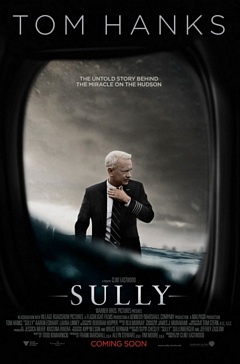From Irmgard Schlögl’s The Wisdom of the Zen Masters (1976,)
Wealthy donors invited Master Ikkyū to a banquet.
The Master arrived there dressed in beggar’s robes. His host, not recognizing him in this garb, hustled him away: “We cannot have you here at the doorstep. We are expecting the famous Master Ikkyū any moment.”
The Master went home, there changed into his ceremonial robe of purple brocade, and again presented himself at his host’s doorstep.
He was received with due respect, and ushered into the banquet room. There, he put his stiff robe on the cushion, saying, “I expect you invited the robe since you showed me away a little while ago,” and left.
That what you wear affects how others will perceive you is well-known empirically and has been established in scientific literature. People dressed conservatively, for example, are seen as more composed and trustworthy, whereas those dressed bold and suave are viewed as more attractive and self-assured. Women who wear menswear-inspired dress suits are more likely to be perceived well in job interviews. Men are shown to misperceive women’s friendliness as sexual intent, particularly when the women are dressed suggestively.
In the Second Quarto (1604) of Hamlet, Shakespeare, in the voice of the Polonius, declares, “For the apparrell oft proclaimes the man.” Mark Twain seemingly pronounced, “Clothes make the man. Naked people have little or no influence on society.”
Several maxims remark about the notion that an individual’s clothing is confirmation for his/her personal, professional, and social identity:
- In Egypt: “لبس البوصة، تبقى عروسة” or “Dressing up a stick turns it into a doll”
- In China: “我们在外面判断这件衣服, 在家里我们判断这个人” or “Abroad we judge the dress; at home we judge the man”
- In Japan: “馬子にも衣装” or “Even a packhorse driver would look great in fine clothes”
- In Korea: “옷이 날개다” or “Clothes are wings”
Idea for Impact: We live in a lookist society. Always dress the part. Ignore this at your own peril.

.jpg)
.jpg)
 When Swiss packaged food-multinational Nestlé introduced Paloma iced tea in India in the ’80s, Nestlé’s market assessment was that the Indian beverage market was ready for an iced tea variety.
When Swiss packaged food-multinational Nestlé introduced Paloma iced tea in India in the ’80s, Nestlé’s market assessment was that the Indian beverage market was ready for an iced tea variety. When Kraft Foods, launched Oreo in China in 1996, America’s best-loved sandwich cookie didn’t fare very well. Executives in Kraft’s Chicago headquarters expected to just drop the American cookie into the Chinese market and watch it fly off shelves.
When Kraft Foods, launched Oreo in China in 1996, America’s best-loved sandwich cookie didn’t fare very well. Executives in Kraft’s Chicago headquarters expected to just drop the American cookie into the Chinese market and watch it fly off shelves.